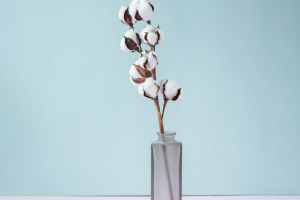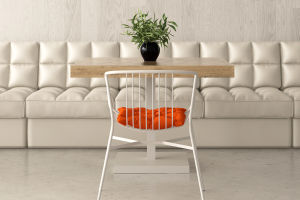In the realm of interior design, wildflowers offer a unique and vibrant touch that brings the essence of nature indoors.
Utilizing wildflowers in frame decoration not only enhances the aesthetic appeal of a space but also connects it to the natural world.
Wildflowers are often celebrated for their natural beauty, diversity, and the sense of spontaneity they evoke. Unlike cultivated flowers, which are usually bred for uniformity and predictability, wildflowers exhibit a rich array of colors, shapes, and sizes. Their unstructured and organic appearance makes them particularly appealing for decorative purposes.
1. Variety and Charm
Wildflowers come in countless varieties, each with its own distinctive characteristics. The diversity of wildflowers allows for a wide range of creative possibilities in frame decoration. This variety can add a personal touch to any decor, reflecting the individual’s taste and appreciation for nature.
2. Seasonal Appeal
Wildflowers are typically associated with specific seasons, which makes them ideal for creating seasonal decorations. Spring might be represented with blossoms like daisies and buttercups, while summer could feature sunflowers and cornflowers. This seasonal aspect allows for dynamic and refreshing changes in decor throughout the year.
Incorporating wildflowers into framed decor involves several techniques that preserve their beauty while showcasing their natural charm. Each method offers a different way to highlight the flowers' unique attributes.
1. Pressing and Drying
Pressing and drying are traditional techniques used to preserve wildflowers for framing. By carefully pressing flowers between sheets of paper or using a flower press, you can flatten and dry them without damaging their colors and details. Once dried, these flowers can be arranged and framed, creating a delicate and timeless piece of art.
Steps:
Select Flowers: Choose wildflowers that are relatively flat and have vibrant colors.
Pressing: Place the flowers between absorbent paper and press them in a flower press or heavy book for several weeks.
Framing: Arrange the dried flowers in a frame with a glass cover to protect them from dust and damage.
2. Shadow Boxes
Shadow boxes offer a three-dimensional approach to displaying wildflowers, allowing for more creative arrangements. These boxes provide depth, making it possible to create scenes or arrangements that highlight the flowers' natural forms and textures.
Steps:
Prepare the Box: Choose a shadow box with a suitable depth for the arrangement you have in mind.
Arrange Flowers: Place the wildflowers inside the box, arranging them to create a visually appealing composition.
Secure and Display: Use adhesive or mounting techniques to secure the flowers in place, and close the shadow box to protect the arrangement.
3. Encapsulation in Resin
Encapsulating wildflowers in resin is a modern technique that preserves their natural appearance while creating a unique and durable piece of decor. Resin allows for the flowers to be displayed in a clear, glossy finish that enhances their colors and details.
Steps:
Prepare Flowers: Ensure the flowers are thoroughly dried.
Mix Resin: Follow the manufacturer's instructions to mix the resin and hardener.
Pour and Set: Place the flowers in a mold and pour the resin over them, allowing it to set and cure as directed.


